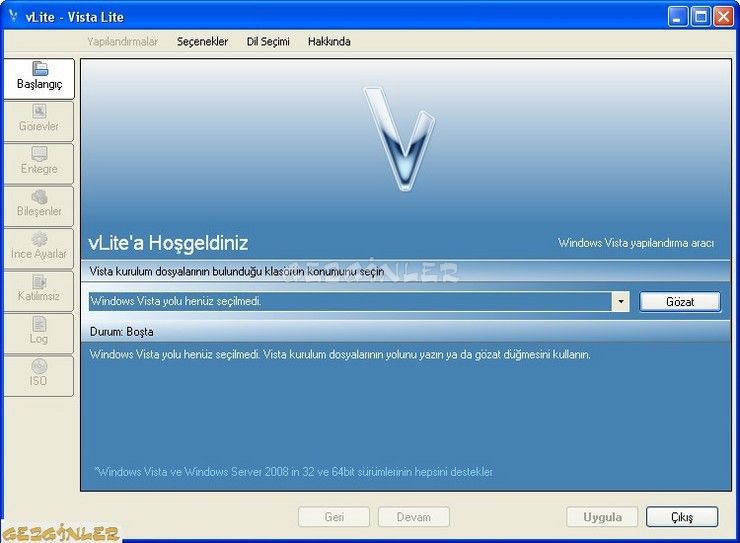
- #Linux fancontrol how to
- #Linux fancontrol drivers
- #Linux fancontrol driver
- #Linux fancontrol manual
- #Linux fancontrol software
Allows for finer monitoring and control of the fans on Dell machines supporting System Management Mode (SMM). Used for measuring battery readouts on laptops. Do not use if you don't have an ambient light sensor (ie. Used for the ambient light sensor on laptops. 
Requires RadeonSensor from the same repository.Used for monitoring GPU temperature on AMD GPU systems.Requires AMDRyzenCPUPowerManagement (see AMD CPU Specific Kexts).Under active development, potentially unstable.Used for monitoring CPU temperature on AMD Zen-based systems.
 Used for monitoring Intel CPU temperature. While VirtualSMC supports 10.4, plugins may require newer versions. Kexts here are compiled each time there's a new commit. Most kexts listed below can be found pre-compiled in the build repo (opens new window). Location Note: These files must be placed under EFI/OC/Kexts/. kext extension visible(and do not add one manually if it's missing). Windows and Linux note: Kexts will look like normal folders in your OS, double check that the folder you are installing has a.
Used for monitoring Intel CPU temperature. While VirtualSMC supports 10.4, plugins may require newer versions. Kexts here are compiled each time there's a new commit. Most kexts listed below can be found pre-compiled in the build repo (opens new window). Location Note: These files must be placed under EFI/OC/Kexts/. kext extension visible(and do not add one manually if it's missing). Windows and Linux note: Kexts will look like normal folders in your OS, double check that the folder you are installing has a. #Linux fancontrol driver
efi driversĪ kext is a kernel extension, you can think of this as a driver for macOS, these files will go into the Kexts folder in your EFI.
Alternative to HfsPlusLegacy but for 32-bit CPUs, don't mix this with other HFS. #Linux fancontrol drivers
These files will go in your Drivers folder in your EFI 32-Bit specificsįor those with 32-Bit CPUs, you'll want to grab these drivers as well
Not required for OS X 10.10, Yosemite and newer. without UEFI) will have this driver built-in, not requiring it This file is bundled with OpenCorePkg under EFI/OC/Drivers. Required to boot recovery on OS X 10.7 through 10.9. Don't mix this with HfsPlus.efi, choose one or the other depending on your hardware. This is generally seen on Sandy Bridge and older(as well as low end Ivy Bridge(i3 and Celerons)) Legacy variant of HfsPlus, used for systems that lack RDRAND instruction support.  Used for OpenCore picker on legacy systems running DuetPkg, not recommended and even harmful on UEFI(Ivy Bridge and newer) (opens new window). Pay close attention to each entry as you may not need all 4: In addition to the above, if your hardware doesn't support UEFI(2011 and older era) then you'll need the following. Reminder this was bundled in OpenCorePkg we downloaded earlier. Replacement for AptioMemoryFix.efi (opens new window), used as an extension for OpenCore to help with patching boot.efi for NVRAM fixes and better memory management. OpenRuntime.efi (opens new window)( Required). For Sandy Bridge and older(as well as low end Ivy Bridge(i3 and Celerons), see the legacy section below. macOS Installers and Recovery partitions/images). HfsPlus.efi (opens new window)( Required). Getting started with ACPI (opens new window)įor the majority of systems, you'll only need 2. On Clevo laptops, Fn+1 maxes out the fans very useful in an emergency. So be careful with these programs and always monitor your system's parameters. I'm not interested in actually testing this failure condition, though. Therefore, it should be possible for the fan to be turned off and remain off even under high load if the program crashes, gets killed or otherwise exits without resetting the fan mode back to automatic.
Used for OpenCore picker on legacy systems running DuetPkg, not recommended and even harmful on UEFI(Ivy Bridge and newer) (opens new window). Pay close attention to each entry as you may not need all 4: In addition to the above, if your hardware doesn't support UEFI(2011 and older era) then you'll need the following. Reminder this was bundled in OpenCorePkg we downloaded earlier. Replacement for AptioMemoryFix.efi (opens new window), used as an extension for OpenCore to help with patching boot.efi for NVRAM fixes and better memory management. OpenRuntime.efi (opens new window)( Required). For Sandy Bridge and older(as well as low end Ivy Bridge(i3 and Celerons), see the legacy section below. macOS Installers and Recovery partitions/images). HfsPlus.efi (opens new window)( Required). Getting started with ACPI (opens new window)įor the majority of systems, you'll only need 2. On Clevo laptops, Fn+1 maxes out the fans very useful in an emergency. So be careful with these programs and always monitor your system's parameters. I'm not interested in actually testing this failure condition, though. Therefore, it should be possible for the fan to be turned off and remain off even under high load if the program crashes, gets killed or otherwise exits without resetting the fan mode back to automatic. #Linux fancontrol manual
Manual mode means the fan speeds are set manually. Automatic mode means the fans are controlled by the computer's own embedded controller. On these laptops, fans apparently have two modes of operation: automatic and manual.

The program is GPLv3 and talks to the laptop's embedded controller directly instead of using or exposing any sysfs interfaces. I've been in contact with them and it appears they just released their fan control application.
#Linux fancontrol how to
I just learned about which allows a fan control curve to be specified, but it has some limitations, like I can't see how to monitor different specific temperatures for one fan, it is designed to use I/O ports directly instead of the existing kernel interface, the configuration seems tedious, and it uses Mono.ĭevelopers from Tuxedo have been working on fan control drivers and user interface for their Clevo-based laptops. But if you want to control fan speed, only very rudimentary tools seem available, like the fancontrol shell script. If you want to just see temperature, lm-sensors will show you that in a friendly way.
#Linux fancontrol software
User mode software is needed to actually set fan speeds based on current temperatures. However, this merely provides an interface for reading temperature or writing PWM values. This stuff is available via the /sys file system, for example fan control via /sys/devices/virtual/hwmon/hwmon2/pwm1. The Linux kernel supports a wide variety of temperature monitoring and fan speed control.








 0 kommentar(er)
0 kommentar(er)
